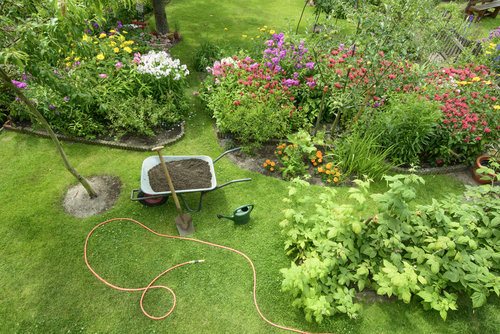Native Americans frequently included juniper berries to food meals as well as grains like flour for a hint of taste. Deer and also other meat was frequently prepared with Juniper berries. They were prepared various methods by various people but some of the preparation methods consist of drying out, soaking, mashing, or simply eating them raw.
How fast do eastern red cedars grow?
The Red Cedar is not really a Cedar but is actually a juniper. It has a medium growth rate of 12-24” per year with sticky foliage that is a dull green from spring to fall, and in the winter can be green or turn brown or purple.
How to Room Red Cedar Plants

What can eastern red cedar be used for?
Eastern red cedar is a tree. The wood, berries, and https://devinayei438.webs.com/apps/blog/show/48859535-xeriscape-your-lawn-to-conserve-water leaves are used for medicine. People take Eastern red cedar for cough, bronchitis, joint pain (rheumatism), water retention, and flatulence. They also take it to improve appetite and digestion, and as a treatment for fungal infections and worms.
In the fall, plant trees at least six weeks before the first expected frost so their roots come to be developed prior to cold weather shows up. Juniperus virginiana grows finest in full sunshine as well as is adaptable to the majority of soil types and also conditions. Thuja plicata, which also favors complete sunshine, thrives in deep loam, but is forgiving of a large range of problems after it has been established. Cedar-apple rust may impact Eastern red cedars, while bagworms assault both varieties.
How do red cedar trees grow?
Red cedars can also be propagated via cuttings. Cuttings should be taken in late fall, winter or spring when the tree is dormant and the sap has slowed. Try to take the cutting in the early morning. To grow a cedar from a cutting, you will need a 3- to 6-inch piece of current year's growth.
They are gently tinted with either grey or brownish pigments, which mute the all-natural coloration in Western Red Cedar, increasing the weathered look. They are readily available in latex and oil-based formulas and also like all ending up items, need to be put on all six sides of each board. Pay unique attention throughout of home siding as well as trim as well raw ends or end cuts, and also be sure to retouch any kind of raw ends with either a skim coat or primer layer.
- Its foliage transforms greenish-yellow or brownish in the loss and also winter.
- The trunk is covered in furrowed reddish-brown bark that transforms grey as the tree develops.
- It expands in between 50 as well as 70 feet tall with a 25-foot spread in farming, but wild trees can reach heights of 200 feet.
- Western red cedar (Thuja plicata) has a natural conical shape.
How often do you water western red cedar?
Spacing- Single row 12 ft apart, Double row 14 ft apart between rows and plants, multiple rows 20 ft between rows and plants. The Red Cedar is a recommended windbreak tree but consider all the conditions above when selecting this tree.

These trees can be planted from spring with autumn, but the very best times for planting are early spring and also very early fall. The climate is cooler and wetter at these times, which triggers less shock to the young tree than if it was planted in the heat of the summer season.
Both Eastern as well as Western red cedars are offered in cultivars, or grown ranges. Juniperus virginiana "Grey Owl," for example, expands around 18 feet high with a 3- to 6-foot spread, and returns silvery-blue vegetation with a great texture. The foliage on "Emerald green Guard," a women Eastern red cedar cultivar, typically maintains its dark environment-friendly color throughout the winter season.
Eastern red cedar, the "red stick" of the Acadians, belongs to the juniper family members of conifers, among the oldest in the world. Ancient Egyptians used a juniper to make chariot wheels in 1300 B.C.